Blog
4 ways in which virtual reality is changing the real estate market and why you should be a part of it
Our world used to be small, a countable group of people living in small settlements, which expanded to small cities, then to big urban centers, and simultaneously, we realized worlds beyond our own. But, our world was still small until technology changed how it was perceived and how we interacted with it. Now, we see the universe expanding faster than it did previously, and so do our individual worlds. Though both are entirely separate things, it is amusing how our small world and the big universe are matching pace. With each year bringing revolutionary changes in how we do anything, revolutionary has also changed. Our expectations have risen, as consumers, we want more, as entrepreneurs we want to do more. How we purchase things have changed, how we market things have changed. And these changes are unforgiving of those who resist them. One such change is slowly progressing in the real estate market. The introduction of virtual reality and augmented reality has opened new possibilities in the real estate world, changing how it operates and is approached.

Some ways in which VR and AR are expanding the possibilities of a mostly rigid real estate market are as follows:
- Architectural Rendering – A lot of efforts are put in to facilitate the visualization of a yet-to-build project. 3D models are prepared, space is booked, a separate section is reserved for interiors, and a considerable amount of time and money is invested. With VR, this can change. You can give a more immersive visualization of the project where the customers can walk through the property, checking interiors and exteriors as if they’re walking through a real building. Also, as technology advances, its price usually falls, making it a relatively cheaper option.
- Property showcase – The traditional methods of showcasing a property are more prone to procrastination as they demand a lot of effort and time from the visitor. Whereas, using VR and AR, at least for the filtering stage can save a significant amount of both. The potential client can view multiple properties from the comfort of their home and can filter a few for a physical visit. This can happen with two types of 3D virtual tower.
- Guided sites – These are inclined towards a more traditional promotional video approach but with a little twist. The videos are either fully virtual or have a 360-degree view. These are usually used for existing properties as it makes it simpler to make the video.
- Interactive visits – The viewer moves independently around the showcased property by clicking on a hotspot field. It offers a more immersive experience in comparison to guided sites.
- Virtual Staging – Real estate agents have always staged properties for tours to accelerate sales. But it includes heavy investment. With virtual reality, you can easily stage properties and in multiple ways to make more impact and show the possibilities in the property.
- Virtual Market –There are many secondary opportunities with virtual touring. Using augmented reality, viewers can see, position, and replace furniture while they tour. They can either purchase a particular furniture set from the digital store to see in the tour or they can purchase the physical variant from the digital store for their home. These are some ways in which VR and AR are changing the real estate market. And as life has taught us, or as our curiosity has made us, we have realized that expansion is the norm, and for the real estate market, we’ve found our source. The first ones will get the benefit of distinction in a mostly indistinguishable market in terms of the sales process. And as we’ve seen, it is a largely rewarded quality. So are you excited about VR in real estate? Let us know in the comment section.
